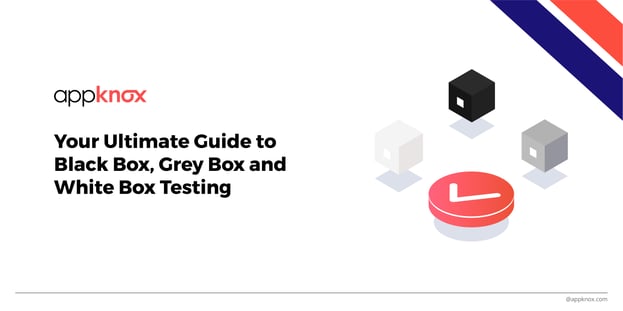
BLOG

BLOG
Are you looking about getting a penetration test done, but you're not sure what kind of test to get.
If you are an IT consulting company, you must have heard about black-box, grey-box, and white-box testing. The following are some of the most common questions asked when it comes to selecting the type of testing:
Consider the advantages and disadvantages of the black box, grey box, and white box testing.
White box testing is generally known as crystal or oblique box pen testing, and it helps the tester with a thorough overview of the network and system, including passwords and network maps. This saves both money and time over the course of a project. A white box penetration test mimics a targeted attack on a system by attempting as many attack vectors as possible.
A black box test provides the tester with no information. From initial access until execution and exploitation, the pen tester imitates the behaviors of an unprivileged attacker in this case. This is the most realistic example since it demonstrates how an attacker with no prior knowledge of an organization might target and compromise it. However, as a result, it is frequently the most expensive option.
Also known as a transparent box test, the tester only provides the most basic information in this type of testing. It is generally in the form of login credentials. Grey box testing is critical for identifying the scope of a privileged person's access and the potential harm they can cause. Grey box tests are intended to simulate a network perimeter breach or an insider threat, combining depth with efficiency.
In the vast majority of real-world attacks, a persistent adversary will do reconnaissance on the target environment, providing access to information that an insider would have. Customers frequently prefer grey box testing as the optimum blend of efficiency and authenticity, as it eliminates the potentially time-consuming reconnaissance phase.
Only one of the pen testing approaches would be utilized if they all performed equally well. The key tradeoffs between black-box, grey-box, and white-box testing are the test's correctness, speed, coverage, and efficiency.
This testing aims to find and fix any vulnerability that an attacker could exploit. As a result, black-box testing is ideal because most attackers do not know their target network's internal workings when they launch an assault. However, because the average attacker has far more time to commit to their process than the average pen-tester, different forms of pen testing have been developed to reduce engagement time by providing the tester with additional information.
White-box testing is the opposite of black-box testing, in which testers are given complete access to the target system. The problem with this type of pen-testing engagement is that having more information may cause testers to act differently than black-box hackers, potentially missing vulnerabilities that a less-informed attacker could exploit.
You can read more about the difference between Black-Box Testing & White-Box Testing
Grey-box testing combines white-box and black-box testing methods. Grey-box tests provide the tester with limited information about the target system, simulating the knowledge that a hacker with long-term access to a system might gather through research and system footprints.
The three testing approaches have tradeoffs between speed, coverage, and efficiency.
Black-box testing is, in general, the quickest sort of pen test. However, because testers lack the information they need to focus their attacks on the most valuable or possibly vulnerable targets, the limited information increases the risk of vulnerabilities being overlooked, reducing the test's efficiency.
White-box testing is the most thorough and time-consuming type of pen-testing. The massive amount of data available to pen-testers takes time to analyze, yet, the high level of access raises the chances of detecting and resolving internal and external vulnerabilities.
Grey-box testing sacrifices speed in favor of better efficiency and coverage than black-box testing. Access to design documents allows testers to focus their efforts more effectively, and internal network access expands the scope of the study. This is especially true compared to black-box testing, when testers may never find a weakness that permits them to enter the network perimeter.
A penetration test is used to uncover security holes in your system before an attacker does. The thoroughness and accuracy of the test results will be influenced by the tester's level of access and competency.
Defining the issues you want to address is critical to developing a unique method that meets the necessary security standards while also getting the most out of your penetration testing investment.
So, what are you waiting for?
Connect with Appknox, an on-demand mobile application security platform providing total mobile security solutions for SAST, DAST, API Security, and manual testing tool. Our solutions are highest rated in G2 Crowd & Gartner for application security testing.

